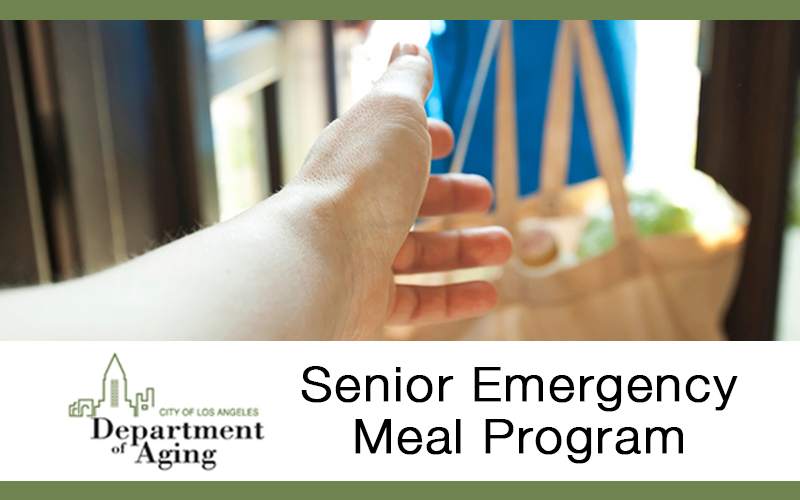Cypress Park
Hello!
Welcome to Cypress Park, California
Located less than 2.5 miles north of Downtown Los Angeles. It lies within a historic alluvial floodplain shared with the Elysian Valley neighborhood, which is bounded by Elysian Park and Mt. Washington. Its densely populated neighborhood of 10,000+ residents in Northeast Los Angeles is a community that is on a convergence of revitalization and preservation of its deep roots to Mexico and Mexican American culture. Its unique boot-shaped topographical geography jets out parallel to the Elysian Valley with its toe pointed up towards Mt. Washington.
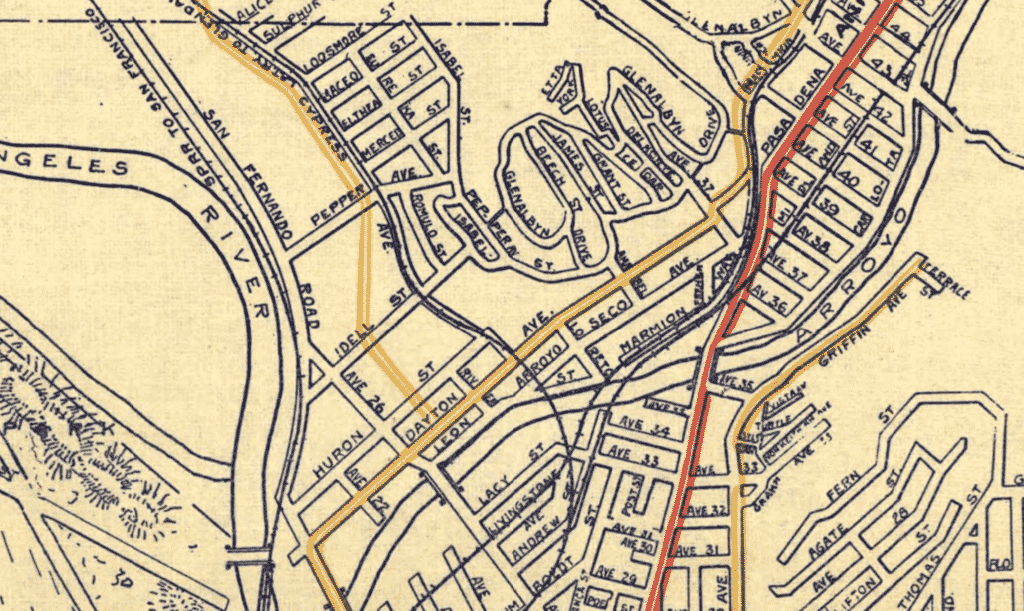
Cypress Park was granted as Rancho San Rafael to Jose Maria Verdugo in October 1784. In 1859, Jessie D. Hunter acquired the southern portion of the rancho from Julio Verdugo. Jessie D. Hunter arrived in Los Angeles in 1847 as a Captain in the Mormon Battalion during the Mexican–American War. Hunter had previously acquired the Rancho Cañada de Los Nogales, which contains most of present-day Glassell Park. After Hunter’s death, the land was subdivided as the Hunter Tract and, in 1882, Cypress Park became the first of the Arroyo Seco communities to come into existence, predating Highland Park by three years.
ITS ALL ABOUT LOCATION
Cypress Park Real Estate
The neighborhood of Cypress Park sits at the river valley created by the LA River and the Arroyo Seco. As a result, it’s surrounded by hills on all sides with Elysian Park to the southwest, Mt Washington to the northeast, and Ernest E. Debs Park to the southeast. Its boundaries are between Isabel Street and North San Fernando Road, and begins at Division Street ending at The Arroyo Seco Freeway Highway 110.
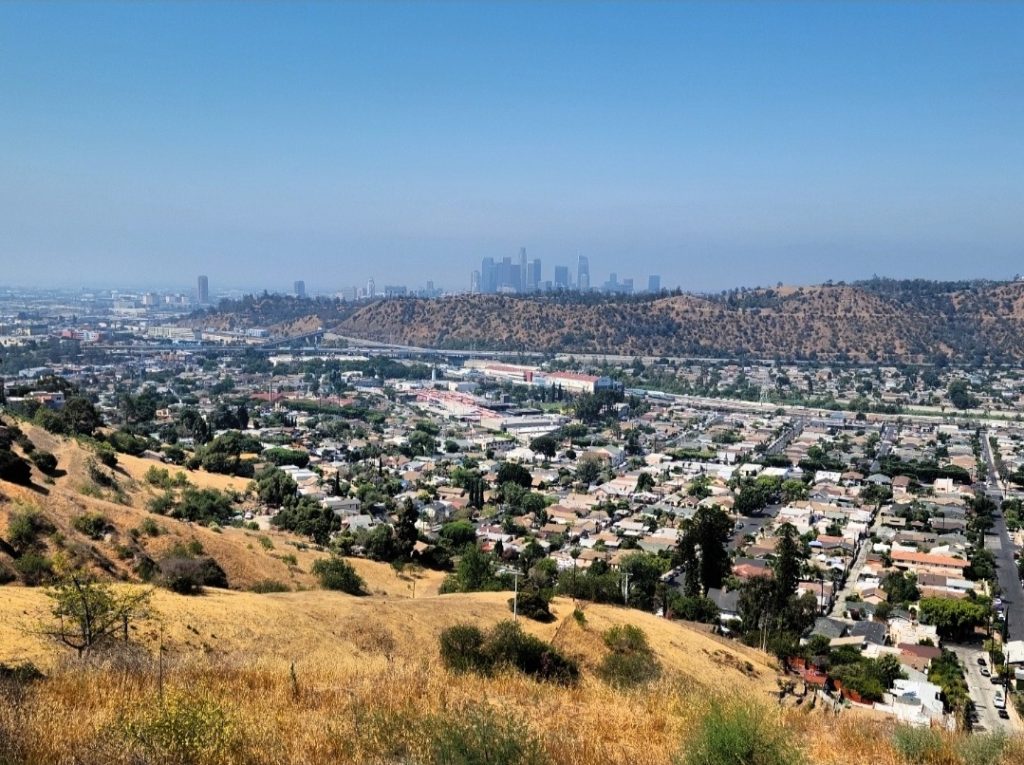
The median sales price for single-family homes sold in the 91030 ZIP Code currently is $937,000. The lowest priced home ranged from $495,000 to $1.2mil, with a medium average of $747 per sq ft sold. Of the 22 listings sold from August 2022 to August 2023, the average time on the market was 29 days with the medium days being 20. These homes move fast! Cypress Park is most notably known for its unique geographic location in the Northeast area of Los Angeles in close proximity to the Elysian Valley, Atwater Village, Silver Lake and Los Feliz.
The Rio de Los Angeles State Park is one of only two California State Recreation Areas in Los Angeles County. This 40-acre park included restored natural river wetlands, one of the first steps toward revitalization of the Los Angeles River. During the rainy season this part of the park floods, and during spring it becomes a prime location, in the City of Los Angeles, for wildflower viewing. Through a partnership with the City of Los Angeles Department of Parks and Recreation, the park also includes numerous sports fields, a children’s playground and a recreation building.
Cypress Park Community
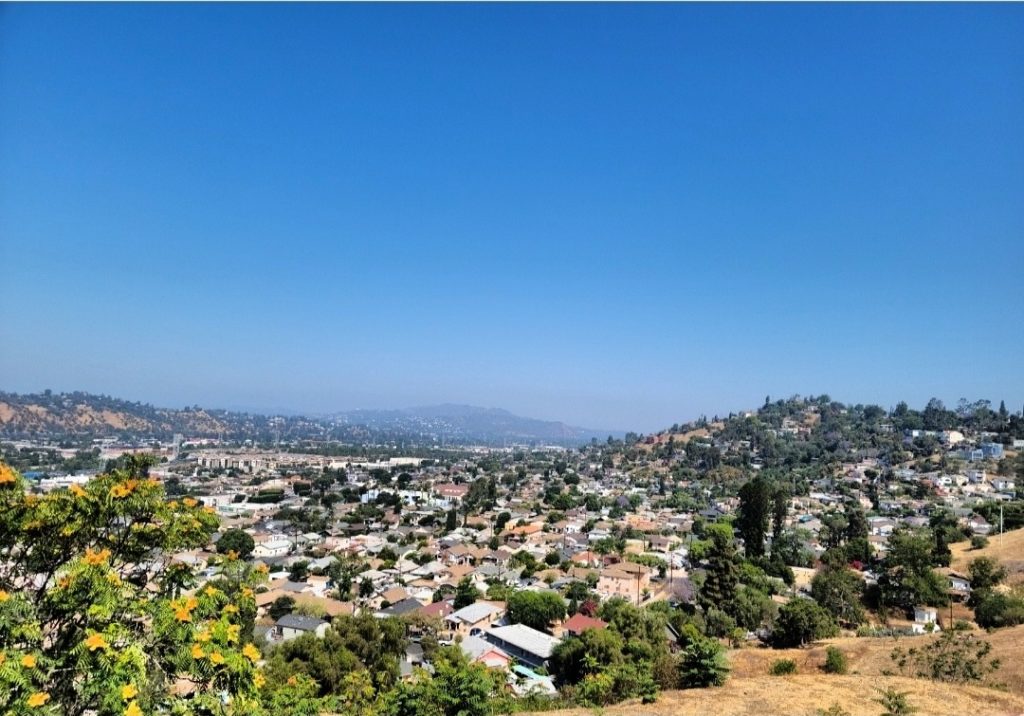
Cypress Park Recreation Center, at 2630 Pepper Avenue, has a range of opportunities to discover. An auditorium, barbecue pits, childrens play area, indoor gym, picnic tables, basketball courts (lighted / indoor), volleyball courts (lighted), a kitchen, multipurpose sports field and stage.
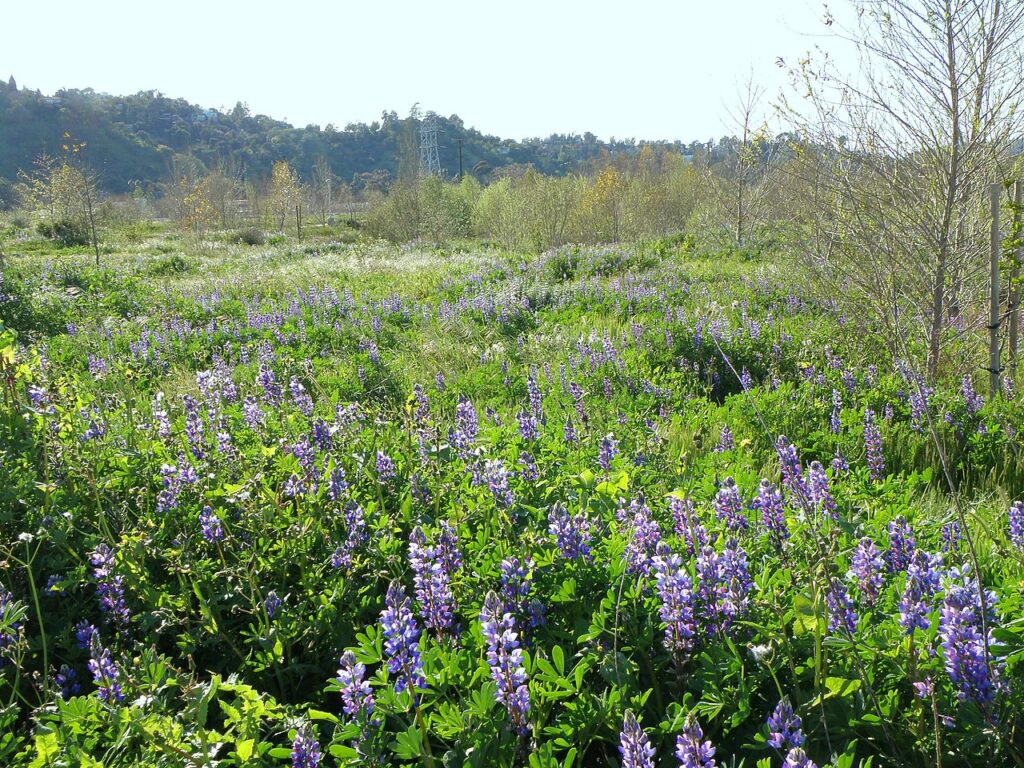
Cypress Park, an enclave of diversity and creativity, invites you to experience its authentic charm and evolving essence. Rooted in a blend of cultures and characterized by its resilient working-class spirit, Cypress Park is a haven for artists and a community that thrives on its dynamic tapestry of backgrounds and aspirations.
As the neighborhood continues to grow and develop, its heart remains deeply connected to its working-class roots. While emerging as a destination for the higher-middle class, the artistic soul that defines Cypress Park has endured. This dynamic blend of incomes, artistic endeavors, and community activism shapes a neighborhood that’s not just a place to live, but a place to belong.
Cypress Park’s allure is further heightened by its historical architecture and scenic hills that have captivated residents for over a century. The beauty of its landscape mirrors the diversity of its inhabitants, drawing people in from all walks of life.
Cypress Park Community Hub
1745 Cypress Avenue
Los Angeles, CA 90065
(213) 555-6789
What started out as a natural arroyo filled with water from a stream is now a remarkable park. The land was donated to the city for use as a public park in 1891, and Joseph Henry Tomlinson designed the park based on a garden in England. The park is 26 acres and has a lake with paddle-boats for hourly rental, and has become a weekend magnet for Echo Park residents and travels.
Cypress Park Schools
Cypress Park Educational Centers
Cypress Avenue Children’s Academy
2020 Cypress Avenue Los Angeles,
CA 90065 (213) 555-1234
Cypress Park Creative Learning School
1421 Liberty St. Los Angeles,
CA 90065 (213) 555-5678
Cypress Grove Elementary School
1900 Montana St. Los Angeles,
CA 90065 (213) 555-8765
Cypress Avenue Children’s Academy
2020 Cypress Avenue Los Angeles, CA 90065
(213) 555-1234
Explore the array of educational options surrounding Cypress Park, courtesy of GreatSchools.org.
In Cypress Park, the spirit of unity, creative expression, and a rich historical backdrop merge to offer residents and newcomers an authentic sense of belonging. Embrace the dynamic journey of this neighborhood as you discover its diverse streets, artistic soul, and the allure of a community that continues to flourish.
Cypress Park Art and Shopping
Step into the heartbeat of creativity and urban vibrancy in Cypress Park. This neighborhood pulses with a distinct energy, where artistic expression intertwines with urban living. Wander through its streets adorned with unique cafes, indie boutiques, and local haunts that celebrate the diverse essence of the community. Cypress Park’s commercial core on Cypress Avenue offers an array of authentic experiences, from vintage finds to culinary delights. Embrace a neighborhood that thrives on its dynamic art scene, weaving together cultural celebrations, performances, and intimate artistic spaces.
Where Urban Spirit Meets Creative Soul
Cypress Park invites you into a world where creativity and urban living harmoniously coexist. As you explore its streets, you’ll discover a tapestry of cafes, boutiques, and eateries that embody the community’s unique character. Cypress Avenue serves as the heart of the neighborhood’s vibrant commercial landscape, showcasing an eclectic blend of businesses. This dynamic locale not only offers diverse shopping and dining but also hosts cultural festivities, performances, and intimate art venues. Welcome to Cypress Park, where the spirit of the city and the soul of artistic expression come together in perfect harmony.
The Pottery Studios
2808 Elm St, Los Angeles, CA 90065, United States
clayandsupply@thepotterystudio.com
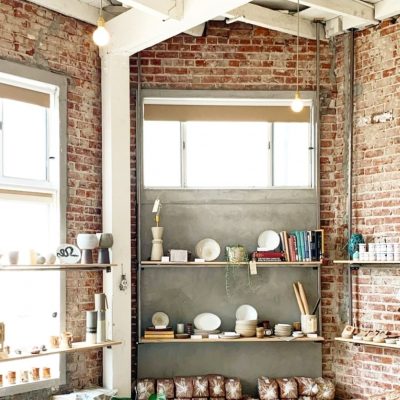
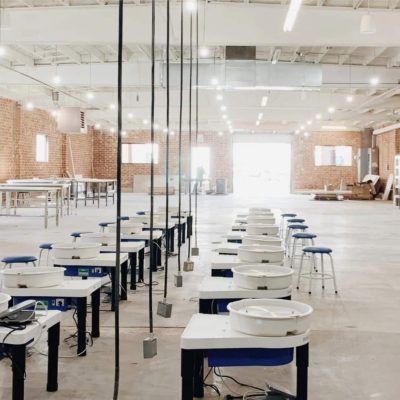
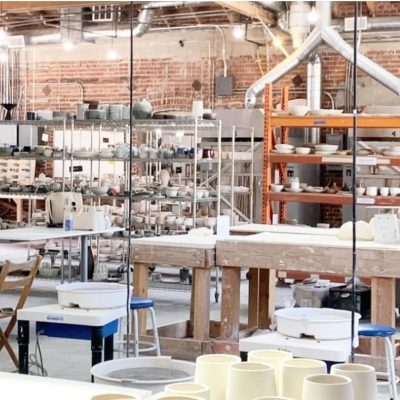
Avenue 50 Art Gallery
The Avenue 50 Studio is an arts presentation organization grounded in Chicana/o and Latina/o culture, visual arts, and the Northeast Los Angeles area. We seek to build bridges of cultural understanding through artistic expressions. We develop programming to inform our community through innovative projects that connect artists, students, academics, and members of the community. Avenue 50 is committed to providing a place where the life and artistic interests of an under-served community can be made visible.
131 N Avenue 50, Los Angeles,
CA 90042, United States
+1 323-258-1435
Cypress Park Eateries & Nightlife
Barra Santos is a tiny Portuguese restaurant in Cypress Park helmed by Mike Santos with food brought to you by Melissa López. The newest project from the Found Oyster hospitality group opens is a quaint Portuguese hangout for snacks and sherry. You can even enjoy a glass of wine while you wait for your table! Co-owner Mike Santos’ focus was to offer a similar feeling to the Iberian peninsula. Santos was born in Portugal and raised in East Coast Portuguese communities, and now he’s running one of the first true restaurants for piri piri chicken, bacalao fritters, and marinated pork bifana sandwiches anywhere in Southern California. Chef and partner Melissa López (Bestia, Barbuto) is on to oversee the culinary side of things at the small, snacks-focused spot, while Last Word wine director Evelyn Goreshnik is handling the drinks. They offer a full array of sherry, port, madeira, and wine, in addition to draft beer and brews imported directly from Portugal.
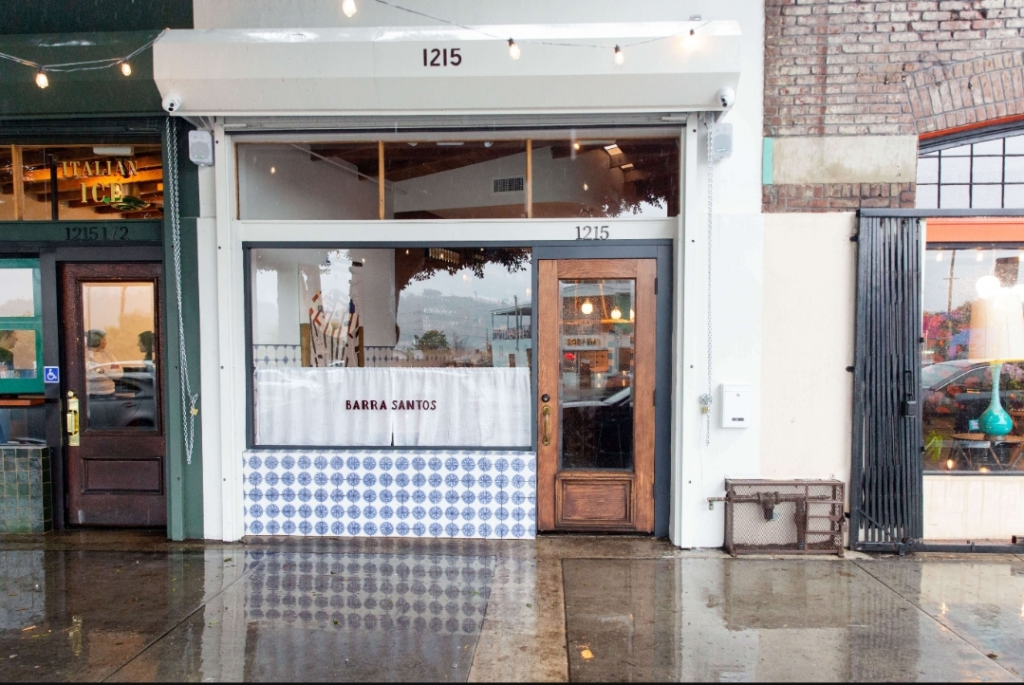
1802 Roasters
On the edge of Mount Washington in Cypress Park, 1802 Roasters owners and Cypress Park locals Christian Degracia and Crystal Weintrub took over a former meat market at 1206 Cypress Ave. Degracia and Weintraub were inspired to kick off their coffee trajectory after a trip to South America. The married couple started roasting their own coffee beans from respectable importers Royal Coffee, Coffee Shrub, and Bodhi Leaf way back in 2015 and have sold them at the Sherman Oaks, Brentwood, and Monrovia farmers markets over the last three years.
At 1802 Roasters, sustainability is part of their core business practices. They focus on the potential social, environmental, and economic implications of every business decision they make. Their products are representative of the sustainable global movement. A Cypress Park local community-based artisan micro-roaster that serves the community where they live and work.
131 N Avenue 50, Los Angeles,
CA 90042, United States
+1 323-258-1435
Sourcing top quality specialty grade coffee beans, which are hand-selected for their quality and acquired through direct traders. Direct trade suppliers work with farms and co-ops to source top-quality beans, building a favorable exchange between coffee growers and importers. Choosing to work with direct importers who source from responsible farmers, evaluating growing processes and farm operations as part of their selection process.
Beans are packaged in unbleached paper bags with a removable plastic liner. This ensures the packaging can be removed from the waste stream by being recycled and/or composted. Our cups, lids, and straws are all compostable. (Though this is not a perfect solution, they feel it is the best option when no recycling is available.) 1802 Roasters napkins, filters, and bags are made from unbleached recycled paper.
1802 Roasters also chooses to buy rechargeable batteries rather than a diesel generator to power their booth at the farmers market, reducing emissions and carbon footprint. Their spent coffee and chocolate are composted, getting a second life as food for the next generation of plants. The roaster continually challenges themselves to be mindful of our environmental impact. With more knowledge and resources available, they continue to strive towards a zero-waste operation in the future.
131 N Avenue 50, Los Angeles,
CA 90042, United States
+1 323-258-1435
1802 Roasters also chooses to buy rechargeable batteries rather than a diesel generator to power their booth at the farmers market, reducing emissions and carbon footprint. Their spent coffee and chocolate are composted, getting a second life as food for the next generation of plants. The roaster continually challenges themselves to be mindful of our environmental impact. With more knowledge and resources available, they continue to strive towards a zero-waste operation in the future.
Live Music | Echo Park
There are plenty of live music events happening every week in Echo Park. Take your pick from music venues like Spaceland (in nearby Silver Lake), The Echo, and Echoplex. They’re all unique and serve up a memorable night on the town.
With more sounds going digital every day, it’s nice to support the local Echo Park vinyl record shops that are popping up around L.A. Along with Vacation Vinyl in Los Feliz, Origami Vinyl is a very welcomed addition to the east side of Los Angeles. Their record selection is impressive with new and hard to find indie rock albums along with some hip-hop, rock, and reissues. They also have live in-store performances that are hard to beat. Drop in and say hello.
The Echo
1822 W Sunset Blvd
Los Angeles, CA 90026
(213) 413-8200
Cypress Park Architecture and Real Estate
Taylor Yard is uniquely connected to the early history of Los Angeles. Home for centuries to the Tongva Indians, it is, by most accounts, where Los Angeles was dubbed “Los Angeles.” It is the site described in the first recorded written words about Los Angeles, the very site where the Portola expedition spent the night August 2, 1769, after crossing he Arroyo Seco. Father Crespi, the expedition’s diarist rhapsodized for more than a thousand words that day about this “green, lush valley,” its “very full flowing, wide river”, the “riot of color” in the hills.
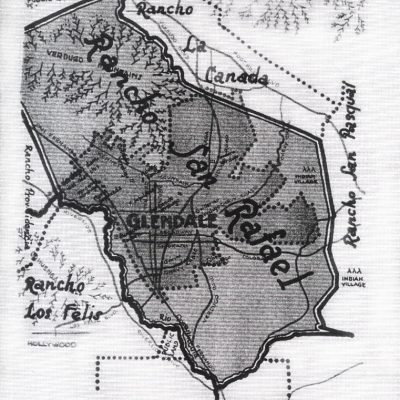
Most of the homes in the Taylor Yard area were not constructed until the housing boom of the 1920’s. They accurately reflect the smaller quaint style and affordability to the local workforce nearby of that era. From Mediterranean, Pueblo, Craftsman, Bungalow and the turn of the century three-story Victorian, and larger estates, well preserved with vast yards. Some of the region has smaller sections of bungalow rows near their transportation lines and unique single-story farmhouse homes with homestead solutions.
Places like Heritage Square Museum explores the settlement and development of Southern California from the late 1800s to early 1900s, offering guests of all ages the ability to explore the everyday lives of Southern Californians during the Victorian era of Los Angeles. With high density and tremendous demand comes great (ADU) accessory dwelling units external from the main residence. These structures have been created to add versatility for the homeowners, from revenue streams and rentals to home offices, libraries, and tranquil meditative spaces. The garages have been converted, the driveways for al fresco dining and native herbs in the driveways and cars get parked out in the streets!
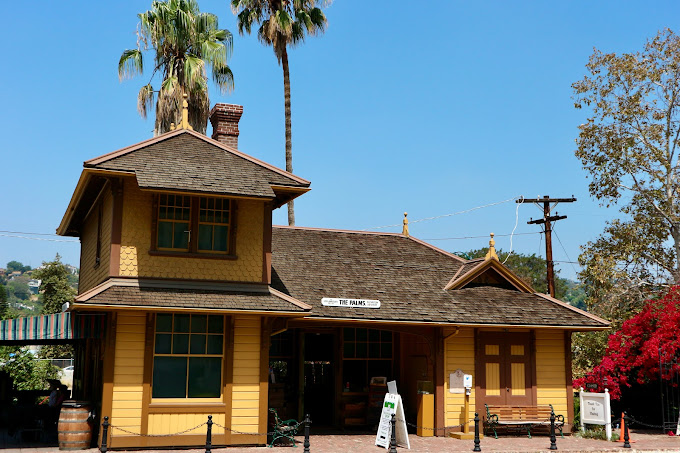
Cypress Park Historical Fun Facts
Located at the corner of Broadway and Second Street, Hunter fired the first clay-fired bricks in Los Angeles. These bricks were used in the first brick building erected in town at the corner of Main and Third streets. There is no description of Hunter’s brickyard at Broadway and Second Street in Los Angeles. He probably used surface material on the property to make bricks, which were fired in field kilns using wood as fuel. The bricks were smaller and thinner than the standard size. Because they were underfired, they spalled and eroded easily. These bricks were used locally in the Los Angeles area, and probably all of the first brick structures in town came from Hunter’s kilns. Aside from the first brick house at Main and Third streets in Los Angeles, it is likely that Hunter provided bricks for the first brick jailhouse.
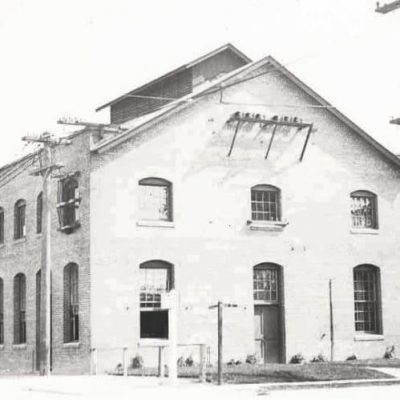
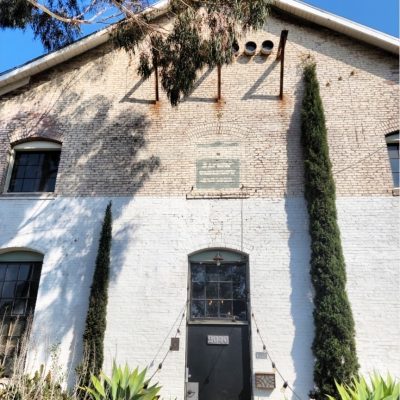
Designed circa 1908 by Edward S. Cobb, engineer of Angels Flight funicular railway, the Huron Substation now Los Angeles County’s Historical Monument #404 was built for the purpose of converting electricity needed to power trolleys for the Yellow Car railway system. Located at the intersection of West Avenue 28 and Huron Street in Cypress Park, the rustic structure features original brickwork, vaulted beamed ceilings ascending 45 feet, arched windows, and concrete floors.
The Los Angeles Railway also known as Yellow Cars, LARy and later Los Angeles Transit Lines was a system of streetcars that operated in Central Los Angeles and surrounding neighborhoods between 1895 and 1969. The system provided frequent local services which complimented the Pacific Electric “Red Car” system’s largely commuter-base interurban routes.

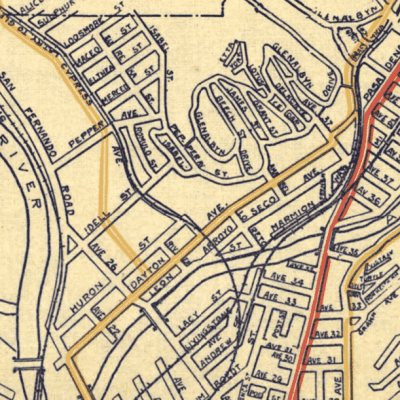
The Los Angeles Railway also known as Yellow Cars, LARy and later Los Angeles Transit Lines was a system of streetcars that operated in Central Los Angeles and surrounding neighborhoods between 1895 and 1969. The system provided frequent local services which complimented the Pacific Electric “Red Car” system’s largely commuter-base interurban routes.
The company carried many more passengers than the Red Cars, which served a larger and sparser area of Los Angeles. Cars operated on 3 ft 6 in (1,067 mm) narrow gauge tracks, and shared dual gauge trackage with the 4 ft 8 1⁄2 in (1,435 mm) standard gauge Pacific Electric system on Main Street in downtown Los Angeles directly in front of the 6th and Main terminal, on 4th Street, and along Hawthorne Boulevard south of Downtown Los Angeles toward the cities of Hawthorne, Gardena and Torrance.
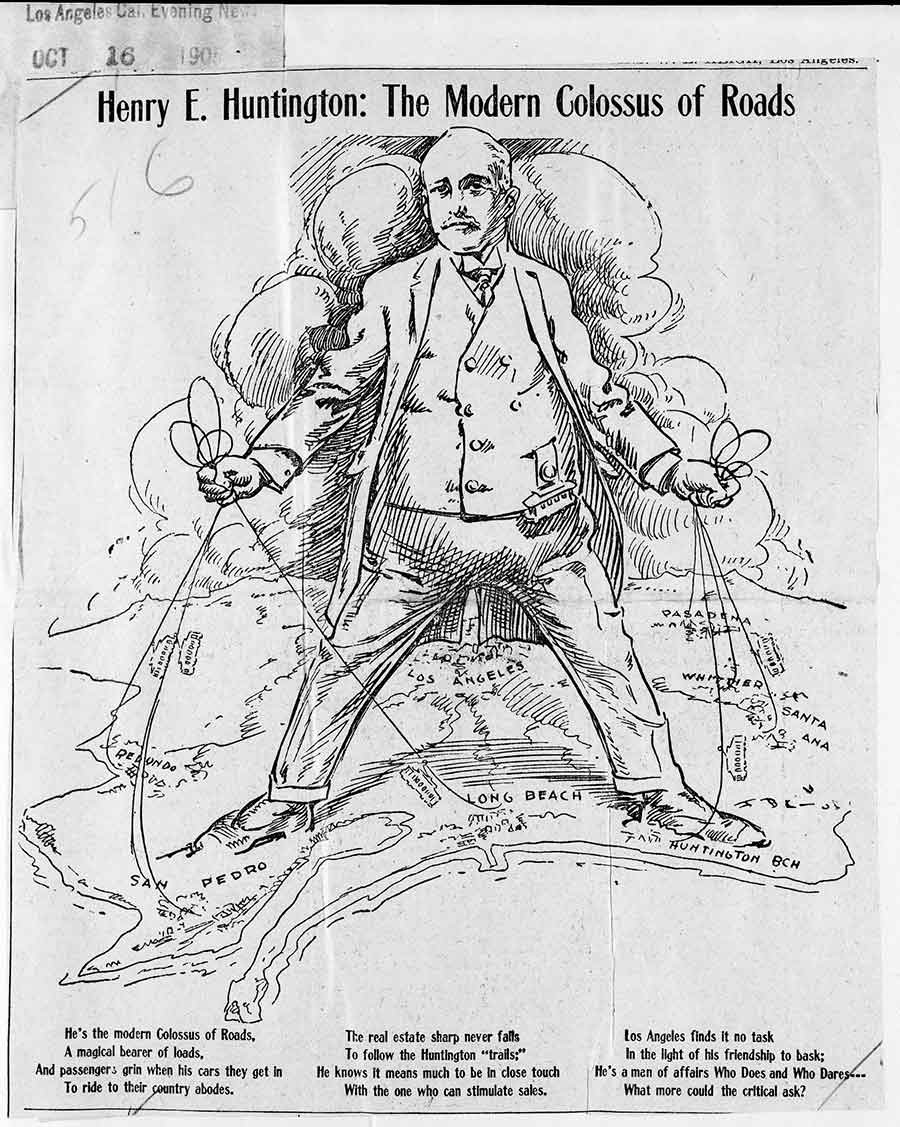
The first electric railway in Los Angeles was built in 1887 to facilitate the sales of a real estate tract on Pico Street. The Los Angeles Electric Railway used the early Daft overhead system and used a crude electric car and trailers. Though the real estate venture was successful, after an explosion in the power station, the Pico Street electric line closed, seemingly for good.
The system was purchased by railroad and real estate tycoon Henry E. Huntington in 1898. At its height, the system contained over 20 streetcar lines and 1,250 trolleys, most running through the core of Los Angeles and serving such neighborhoods as Crenshaw, West Adams, Leimert Park, Exposition Park, Echo Park, Westlake, Hancock Park, Vernon, Boyle Heights and Lincoln Heights. The system was sold in 1944 by Huntington’s estate to American City Lines, Inc., of Chicago.
Is Cypress Park Safe?
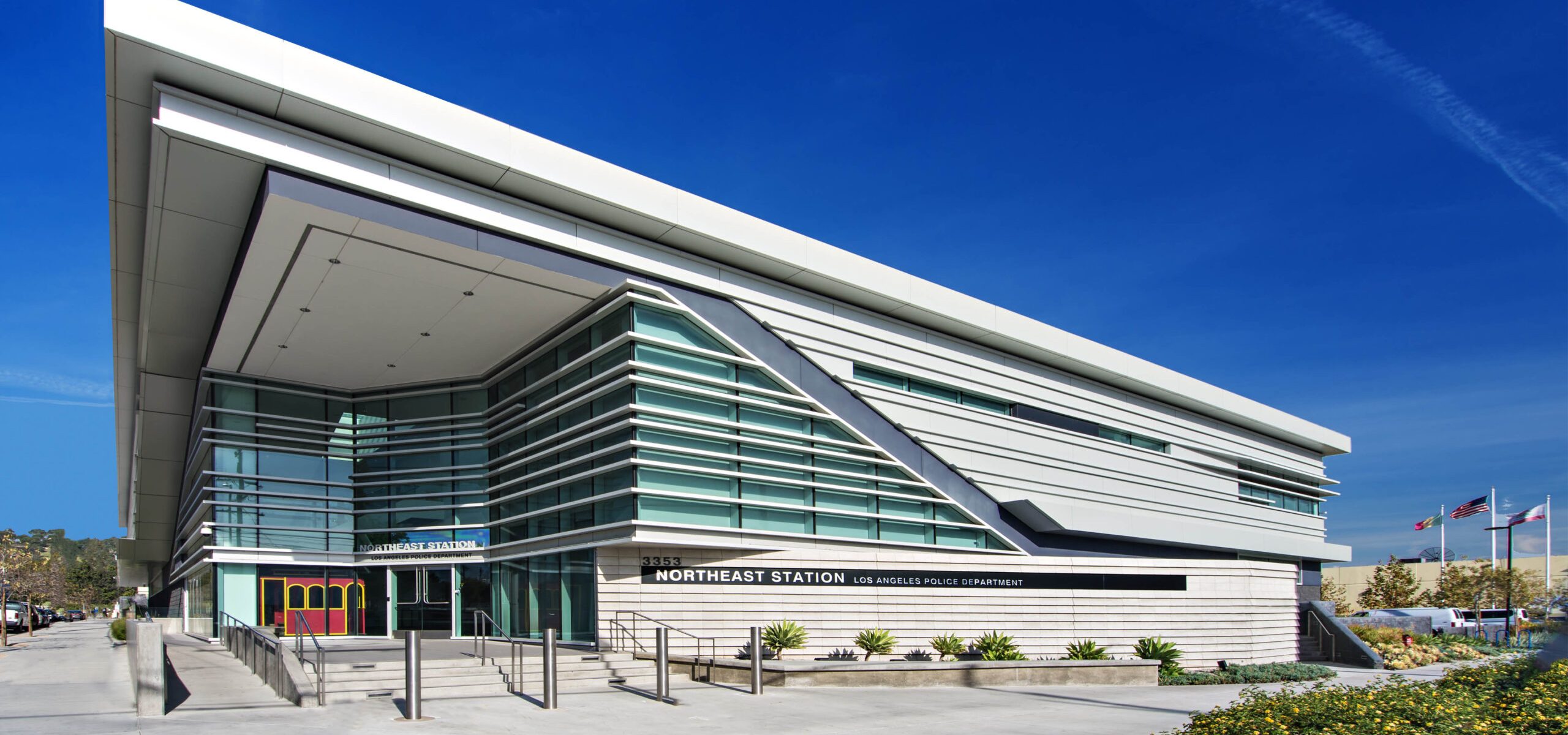
Every metropolitan city with high density carries with it the increase for crime based on the increased population sample. As a whole Cypress Park is safe and here are the numbers!
Crime Rates in Cypress Park
Cypress Park is now ranked 62 out of 136 communities in terms of crime rate in Los Angeles according to The University of Southern California’s Crosstown project whose data comes from the two largest agencies, the Los Angeles Police Department and the Los Angeles County Sheriff’s Department.
Every metropolitan city with high density carries with it the increase for crime based on the increased population sample.” We, humans, have a hard time comparing things unless we are assisted. And when we don’t have that assistance, we can go to extremes. What is the typical experience? What are the extremes? Of the 88 cities in Los Angeles County 52 of the LA neighborhood’s have a property crime rate between 16-25 people per 1000 residents. The lowest being 9 and the highest being 167. Only 12 of the 88 cities in Los Angeles County have a violent crime rate of 11-15 people per 1000 residents. The lowest being 1 and the highest being 45.
Crime Statistics and Types in Cypress Park
For a more comprehensive look take a look at the Los Angeles Police Department Crime Mapping site. You can get up-to-date crime statistics for neighborhoods throughout Los Angeles. There were 10 accounts of burglary theft in August and 9 assaults with no homicides.
Homeless Population in Cypress Park
According to the Los Angeles Homeless Services Authority LAHSA as of 2022 127 individuals constituted the entire homeless population of Cypress Park’s 10,000 population.
In the Service Planning Area Metro 4 where Cypress Park resides there were 127 individuals that were homeless and or in vehicles based on the data collected from Los Angeles Homeless Services Authority in 2022. Other major areas such as South L.A (SPA 6) has 14,598 the San Fernando Valley (SPA 2) 9,829 and the lowest region is the Antelope Valley with 4,598. The range falls between the highest being the South Los Angeles Service Area at 1.38% and the lowest being the San Gabriel Valley at .28%. Echo Park / Service Planning area 4 is at 1.23%.
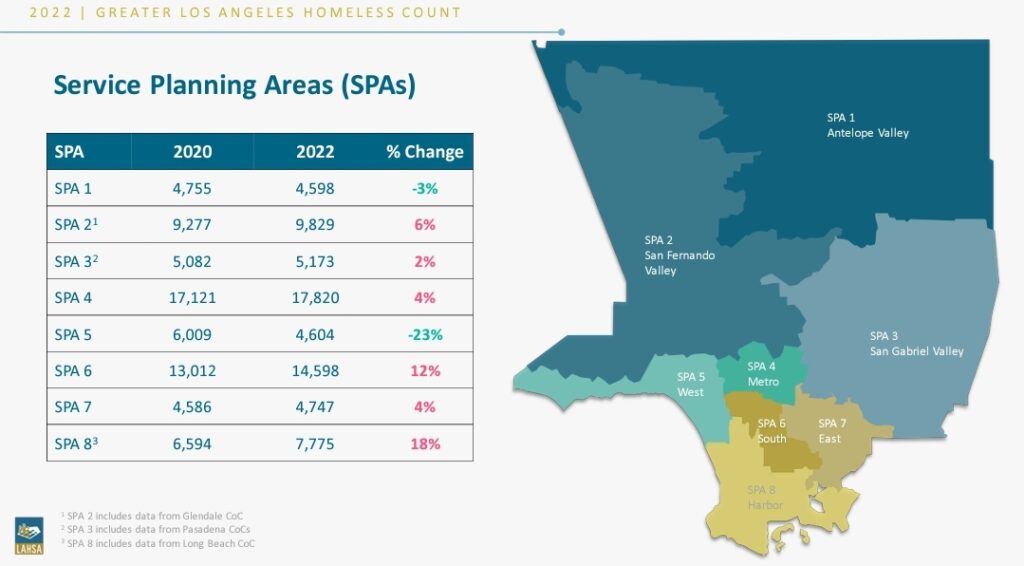
Homelessness and Housing Challenges
It’s impossible to discuss crime in Los Angeles without considering the city’s massive unhoused population, which by some measurements is the largest in the nation.
The greater Los Angeles homeless Service Planning Areas (SPA’s) are broken up between eight different regions each with unique challenges to address compassionately and effectively based on the numbers of human beings that they serve. Rehousing L.A is at the forefront of active solutions leading to change. The people on the frontlines of Rehousing L.A’s rehousing system made more than 84,000 housing placements in the past five years. L.A. County is increasing coordination among mainstream systems–foster care, hospitals, jails and prisons–to better prevent homelessness. The focus being on emergency shelter to better rehouse people long term. This fall, we will roll out shared success measures and goals to hold our rehousing system accountable and increase coordination. Our 88 city governments must focus on increasing affordable housing. Each year, more than 21,000 people get rehoused, but more than 80,000 people become homeless. L.A County has increased prevention efforts in our mainstream systems and increasing affordable housing. Since COVID-19, health authorities recommended against moving encampments, resulting in 17% more visible tents, vehicles, and makeshift shelters–with fewer people in them. Since the count, there’s been a record number of actions to help move people inside. (LAHSA)
Neighborhood Watch and Crime Prevention
To keep an eye on things in your neighborhood the more modern neighborhood watch is Crime Stoppers. This site is where you can submit a tip, follow up, and collect a cash reward! “The purpose of Los Angeles Regional Crime Stoppers is to prevent and reduce crime, by forming a partnership among the community, law enforcement and the media to offer anonymity and cash rewards to anyone providing information leading to an arrest. Crime Stoppers encourages members of the community to assist local law enforcement agencies in the fight against crime by overcoming the two key elements that inhibit community involvement: fear and apathy.” (Crime Stoppers)
Neighborhood Council and Community Engagement
The Echo Park Neighborhood Council is a publicly funded and elected group of individuals who live, work, own property, or otherwise have a connection to Echo Park. They address issues and engage in initiatives affecting the neighborhood as a whole, as well as in each of its six districts. The EPNC connects residents on a local level with their city government and aims to address issues of safety, development, and quality of life with those who live and work around us.
The Echo Park Neighborhood Council’s Homelessness & Housing Committee (HHC) mission statement is “The EPNC Homelessness & Housing Committee seeks to implement ideas that will benefit our unhoused residents. HHC strives to connect those experiencing homelessness or housing insecurity to resources and to advocate for the effective use of government programs to help address our housing crisis.” They have board members and meet the 1st Tuesday of the month at 7pm.
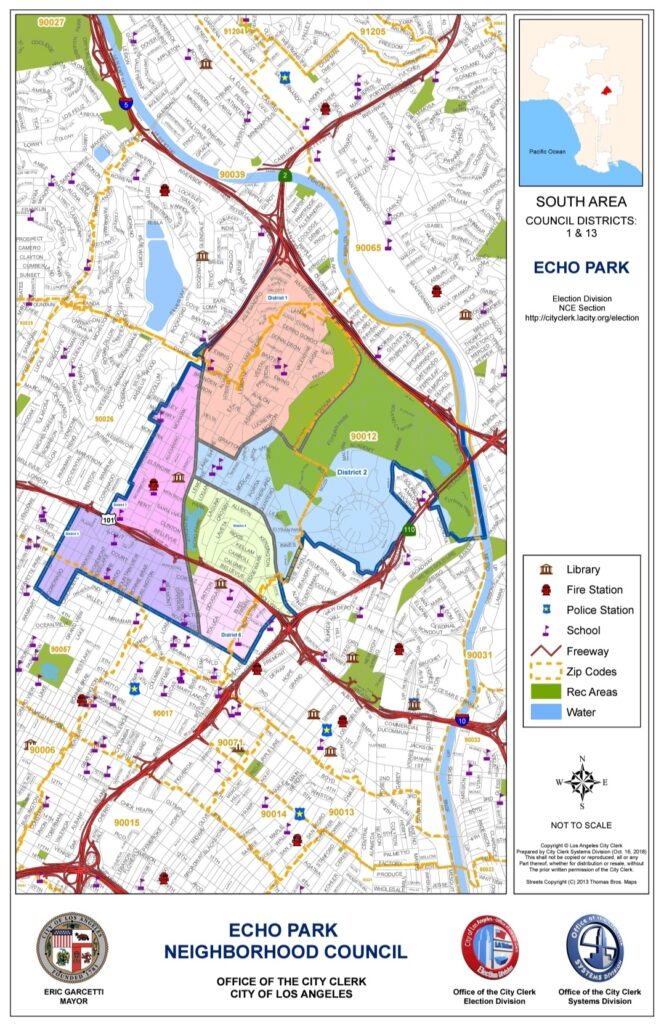
Local Resources:
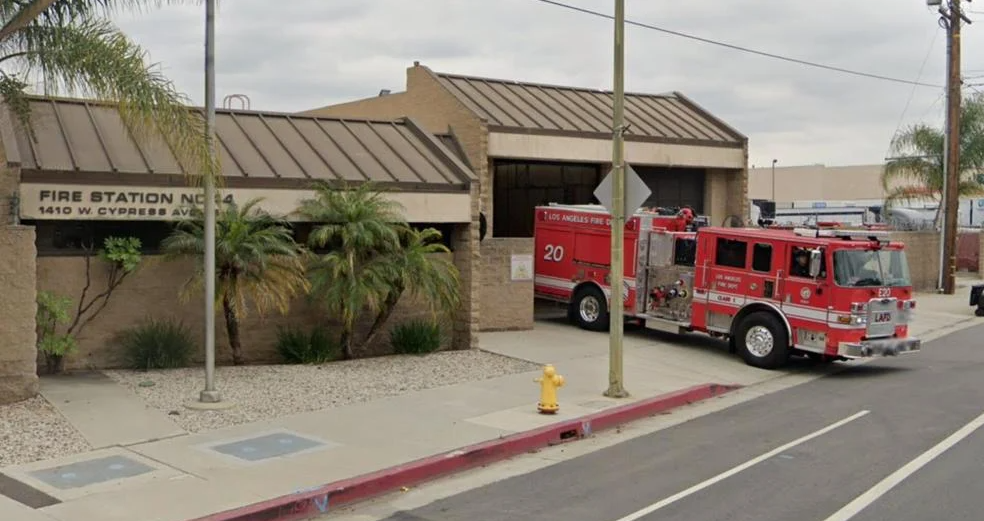
Northeast Community Police Station
323-561-3211 (Voice)
877-275-5273 (TTY)
3353 San Fernando Rd.
Los Angeles, CA 90065
Los Angeles Fire Department Station 44 Cypress Park
1410 Cypress Avenue Los Angeles, CA 90065
Report all emergencies to 9-1-1
Business Tel: (213) 485-6244
Echo Park Neighborhood Council
Email: info@echoparknc.com
Mailing Address:
1226 N. Alvarado
Los Angeles, CA 90026
Health Services of Los Angeles County
211
Primary care, emergency services for insured, uninsured, low-income, no income
211 County Help Line
For emergency food/shelter, dial 211 and choose option 3
Emergency Senior Meals Response
213-202-5669
Meals for seniors 60+
Los Angeles County Domestic Violence Safety Plan Hotline
800-799-7233
Your Greater Cypress Park Neighborhood Council
Our purpose is to engage stakeholders in our community so that we can advocate for community needs to city government. We also support neighborhood events and improvement projects. To review our standing rules, please click here. To review our Bylaws, please click here. We’d love to hear from you! You can ask for an item to be added to our agenda by going to the meeting page, or just email us:
Romana Barajas
Chair
barajas1gcpnc@gmail.com
Bryan Kramer
Co-Chair
bryan.gcpnc@gmail.com
Ash Kramer
Treasurer
ash.gcpnc@gmail.com
Rebecca Trotzky
rebeccacypresspark@gmail.com
Javier Lopez
javi.lopez92@gmail.com
Teresa Roman
teresadjesus542@gmail.com
Erica Miramon
eri.miramon@yahoo.com
Your Next Chapter Starts Here
Senior Guide
Our golden years bring lots of changes.
It’s important to consider the people you invite to be on your support team. Part of that team is a Senior Real Estate Specialist® (SRES®) by your side.
THE SHELHAMER GROUP | DRE: 01950995
Glenn Shelhamer is a licensed real estate broker DRE: 01950995 in the state of California and abides by equal housing opportunity laws. All material presented herein is intended for informational purposes only. Information is compiled from sources deemed reliable but subject to errors, omissions, changes in price, condition, sale, or withdrawal without notice. To reach The Shelhamer Real Estate Group’s office manage please call (310) 913-9477.
© 2023 Shelhamer Group. All rights reserved.

